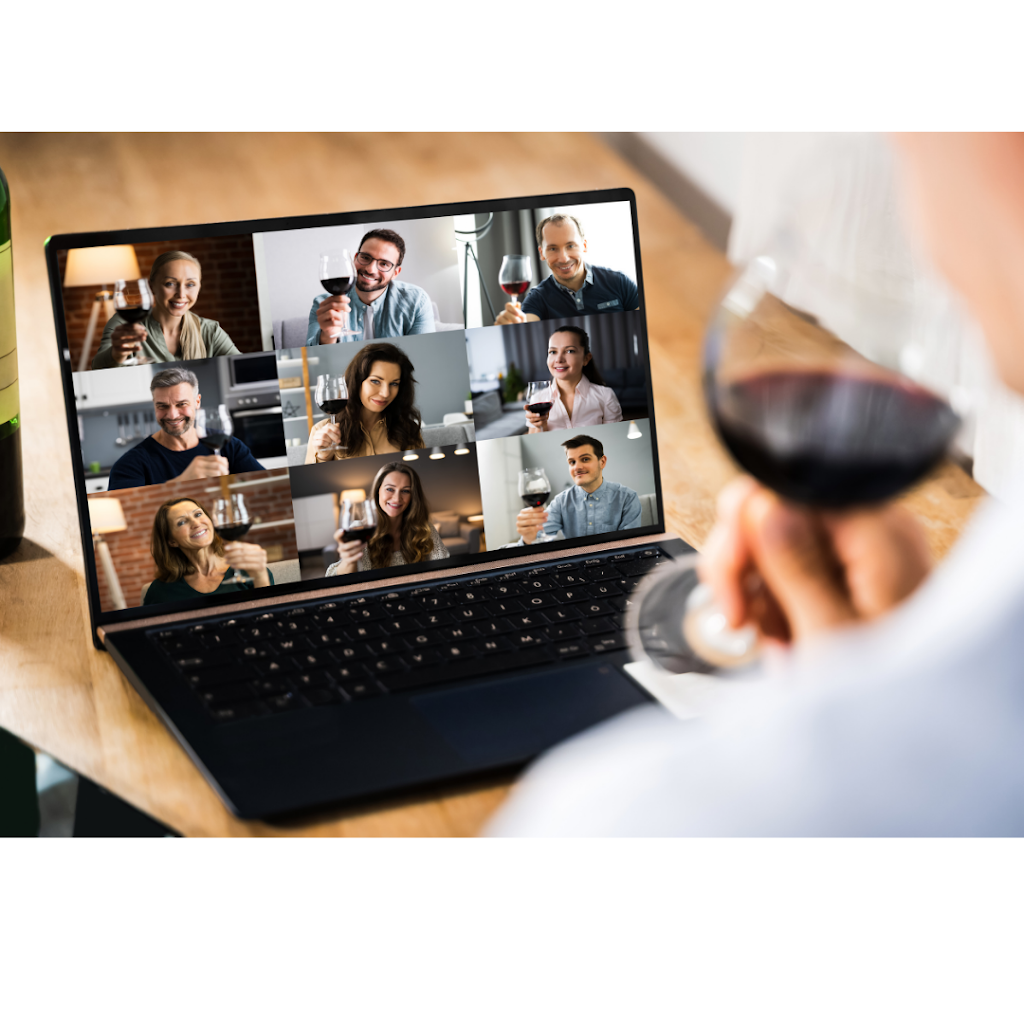Since the onset of the COVID-19 pandemic, many physical spaces have been replaced by virtual ones. Thousands of companies have reinvented their in-person trade shows, meetings and conferences as virtual programs this year. According to recent survey data, the number of organizations planning a virtual event doubled in 2020, and 81% of event organizers said they plan to shift to digital events in the future.
This dramatic shift has had a significant impact on PR professionals who typically rely on large in-person events, such as trade shows, to generate buzz for new products or corporate announcements and to build important media relationships that will result in ongoing press coverage.
Here are some events that will continue to be virtual in 2021 and beyond, with tips for how we can adapt as PR pros:
- Trade Shows – Most trade shows took place virtually in 2020 and early in 2021. In the absence of physically greeting and guiding reporters on-site, we can adapt by creating a curated agenda based on their beat and interests that can be shared with them virtually. This can include key spokesperson meetings, speaking sessions and virtual booth activity links for them to tune in and experience in real time.
- Product Launches – The pandemic may have largely cancelled in-person events for the time being, but many companies are finding that virtual product launches and social media events offer additional benefits by allowing them to connect to a larger audience at a fraction of the cost – at a time when people are hungry for new products and an escape from the news. A virtual launch event can introduce your product to a global audience – a huge advantage over physical events – and can then increase prospective customers, while also allowing you to obtain measurable insights about the attendees and enable you to conduct the event with low overhead.
- Press Conferences – Hosting a virtual press conference allows information to be distributed and questions to be asked in a remote setting, all while maintaining a face-to-face relationship with key stakeholders and journalists. It also doesn’t require that media travel, which can make it more likely that they attend, and virtual break-out rooms provide the opportunity for private one-on-one follow-ups with executives and members of the media in a far more manageable way than it would be in-person.
While virtual events present new challenges, they also offer new benefits. A 2020 surveyfound that 86% of the people who attended virtual events reported higher or equal levels of engagement compared to in-person events, and 50% of virtual events attendees engage using social media, compared to just 16% at in-person events. With so many events occurring virtually, it’s essential that communicators evolve our strategies to match the changing events landscape.

